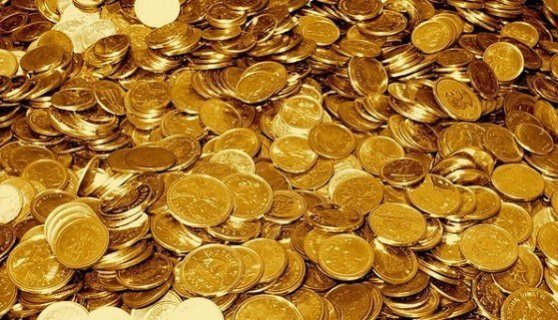The Indian Budget 2015 introduced a scheme where government has encouraged its private citizens and temples to invest their physical gold and get repaid back in terms of interest rates. India’s love affair with gold is costing the government due to huge import bill from its gold imports. In a recent lecture on ‘Economic challenges for an aspirational India’, the finance minister of India said,
“I always believe that 1991 was defining moment for India; what started in 1991 could have started at least a decade before. The year marked a process where India decided to unleash energies of its citizens rather than restrict them. Probably, we would have been ahead of where we are today. (The) 2014 brought significant changes. After 30 years we had a clear mandate and government with virtually a single party majority was voted into power,” Jaitley said, adding that now the decision on important matters could be taken without delay.
Let us not go with the flow of what Jaitley says and look into some important facts about 1991. In 1991, India had to go to the IMF to get a loan because its FOREX was worth only three weeks of essential imports, and India was on the verge of default. One of the main reasons for this economic crisis was imports of luxury items during the late 1980s. India had to airlift sixty-seven tons of its gold reserves to London as collateral in order to get $2.2 billion from the IMF. In addition, India had to liberalize its economy and sell several of its profit-making public firms at throwaway prices to US firms such as Enron.
The trade deficit of India is increasing every year. The trade deficit of India quadrupled from $28 billion in the 2004–5 (April through March) financial year to $185 billion in the 2011-12 (April through March) financial year. India’s imports of consumer electronics are about to exceed India’s oil imports by 2020. Hence, the prime minister has come up with his signature “Make in India” campaign to make India a global manufacturing hub. However, It is shocking to know the facts that the actual MoUs that are being signed for this “Make in India” especially for High Tech manufacturing are no way going to reduce India’s import bills. Most advanced countries want to export goods to India’s middle class rather than import goods from India. As a matter of fact, India does not have a very strongly enforced Intellectual Property (IP) and copyright laws which makes the developed nations very reluctant to even license their technology to India.
Due to large overseas remittances and foreign investments, India is able to fund its trade deficit. The drop in overseas remittances and foreign investments puts pressure on India’s currency. When the US raises its bench mark interest rates, most short term investments which are propping up India’s stock market are going to make a run to the United States. Well, Now the questions arises, with drop in overseas remittances and foreign investments, India’s currency is going to take a huge hit in very near future. In that case, the government has no other option but to run to IMF to seek a loan. According to world gold council, India has 557.7 tons of gold as of March 2015. Given the inflation in recent times, India’s gold reserves are meager to sustain its ever growing trade deficits especially when US raises its bench mark interest rates later in 2015. Hence, Indian government will be under a pressure to seek loan from IMF to run its economy.
If the government has investments of physical gold from temples, wouldn’t the government be forced to use the gold of its private citizens and temples to sustain country’s economy. So, Would it be a wise decision to permit gold reserves in temples to be placed with government until there are significant macroeconomic reforms to eliminate India’s rising trade deficits?


Recent Comments